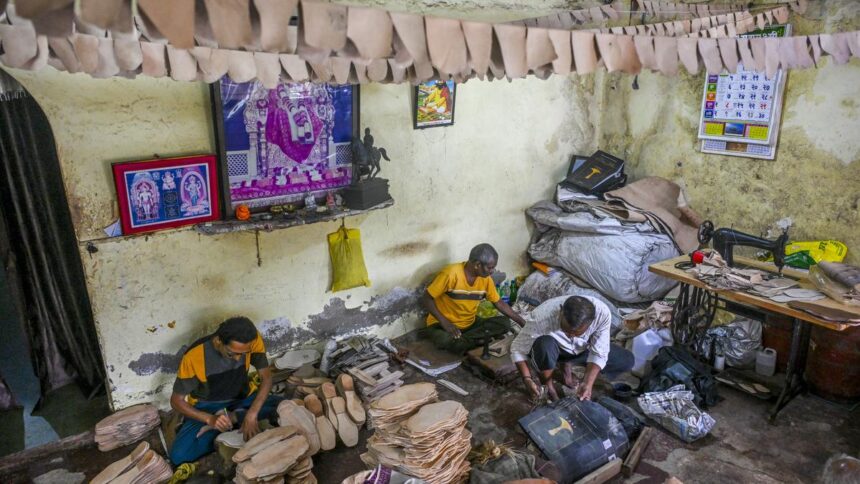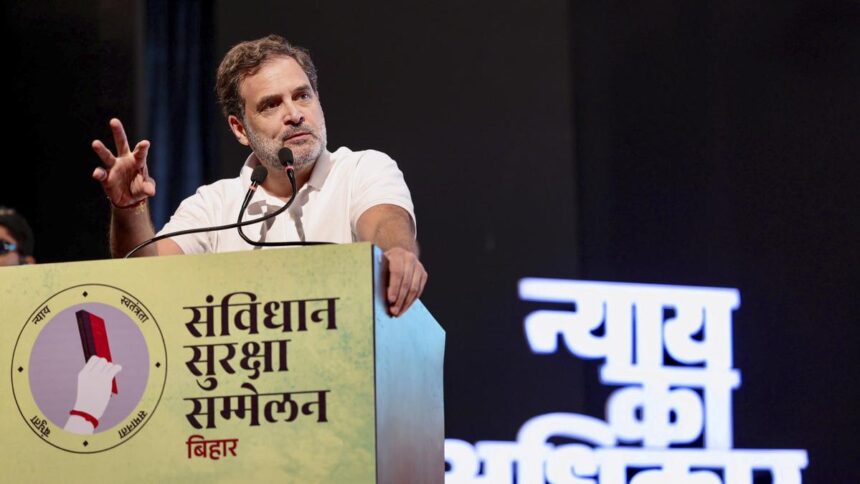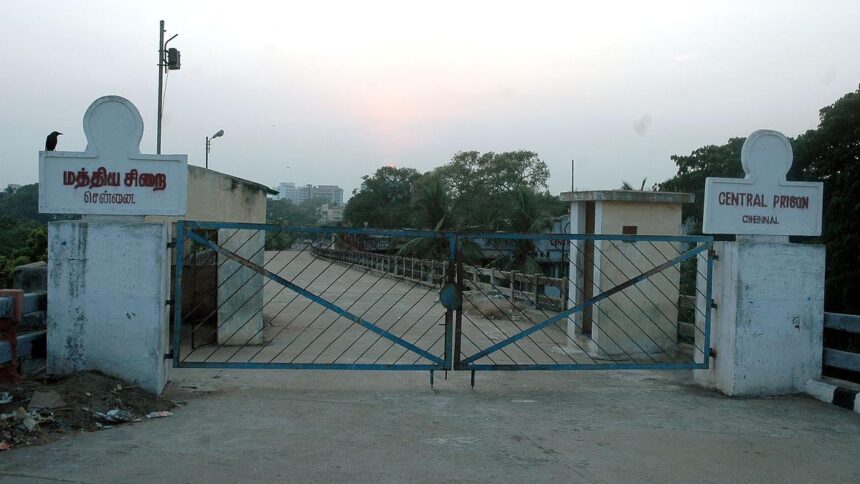The increased demand for urea and reported non-availability of the same in the market, leading to protests by farmers in some districts of North and Central Karnataka, have more to it than what meets the eye.
Early and copious rainfall has led to increased demand for crystalline urea by the farmers who believe in conventional farming and are averse to the use of nano urea despite efforts to promote it.
After the Chief Minister wrote to the Centre on the need for more supply, a delegation of MPs from North Karnataka also met the Union Minister concerned seeking more supply for the kharif season. But it will take some time for the supply to reach.
Recurring issue
The issue of scarcity of fertilizers is not new in Karnataka. Variations in the demand-and-supply chain have caused problems earlier also, the worst being the police firing in Haveri in 2008, when protests over fertilizers turned violent ultimately resulting in the death of two farmers and a few being crippled for life.
This year’s situation has brought to the fore several other related issues, including the black market.
In Davangere district, where paddy and maize cultivation has gained momentum, the administration has cancelled the licences of eight wholesale dealers for illegally selling urea to other districts and suspending the licences of six retailers for fleecing the farmers. Now each farmer gets two bags of urea.
According to Deputy Commissioner of Davangere G.M. Gangadharswamy, panic was owing to increased demand although the district has additional stock of 3,000 MT of urea. Now the district administration has also launched awareness campaign to promote nano urea instead of crystalline urea.
In an attempt to cut overuse subtly, the government has reduced the standard urea bag size from 50 to 45 kg.
While the increased demand is one aspect, the larger issue lies elsewhere, says Chamarasa Malipatil, honorary president of the Karnataka Rajya Raitha Sangha. “Stockpiling by dealers during the off season to sell at inflated prices, and efforts to push nano urea, which is far more profitable for manufacturers, are the real causes,” he argued.
Sidagouda Modagi, Krishik Samaj leader, says the lack of efficient rural cooperatives is another key factor. “On the other hand, the Central government that enjoys a near monopoly on the urea stocks and transport and the State government that manages the last-mile delivery have not done their job properly,” he said.
Multiple reasons
According to Vithal Benagi, former director of extension in University of Agriculture Sciences, Dharwad, urea scarcity is brought on by factors including change in rainfall patterns, overuse by farmers, and policy errors by the government.
Most farmers tend to overuse urea for its nitrogen content. Nitrogen makes plants greener and succulent and increases yields slightly. However, overuse leads to acidification of soil, nitrate pollution in water, and damage to the ozone layer, due to air pollution. It also makes plants susceptible to pest attacks, forcing farmers to use more pesticides. This is a vicious cycle. Moreover as urea is available for ₹280 to ₹300 per bag, it is preferred over other inputs.
Sidharam Patil, of College of Agriculture under the University of Agricultural Sciences, Dharwad, underlines how overuse of urea is affecting soil health and also public health.
“The problem is particularly acute in North Karnataka, where black calcareous soils, rich in calcium carbonate and low in iron, are especially vulnerable. This iron deficiency often leads to chlorosis (yellowing of leaves), which should ideally be corrected with micronutrients like iron sulfate. However, farmers often resort to urea instead. While it temporarily restores the green appearance of plants, it does not address the root cause,” Prof. Patil explained.
Human health at risk
Rising nitrate levels in groundwater owing to excessive urea use is another matter of concern which has direct impact on public health, informs Prof. Patil. “High nitrate levels in drinking water are contributing to cases of blue baby syndrome (infant methemoglobinemia), where infants develop bluish skin owing to reduced oxygen levels in the blood,” Prof. Patil said.
Published – August 03, 2025 06:46 pm IST




















